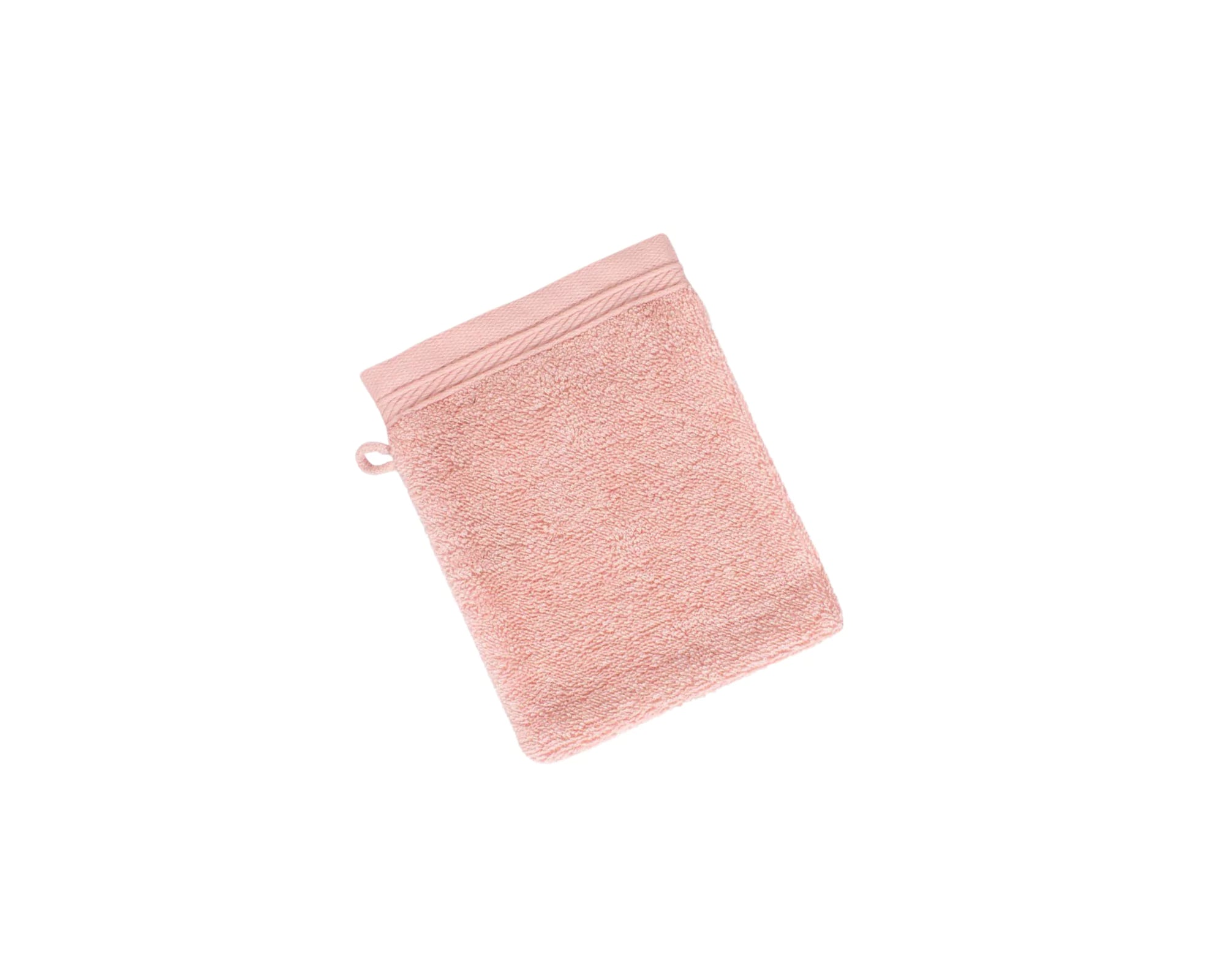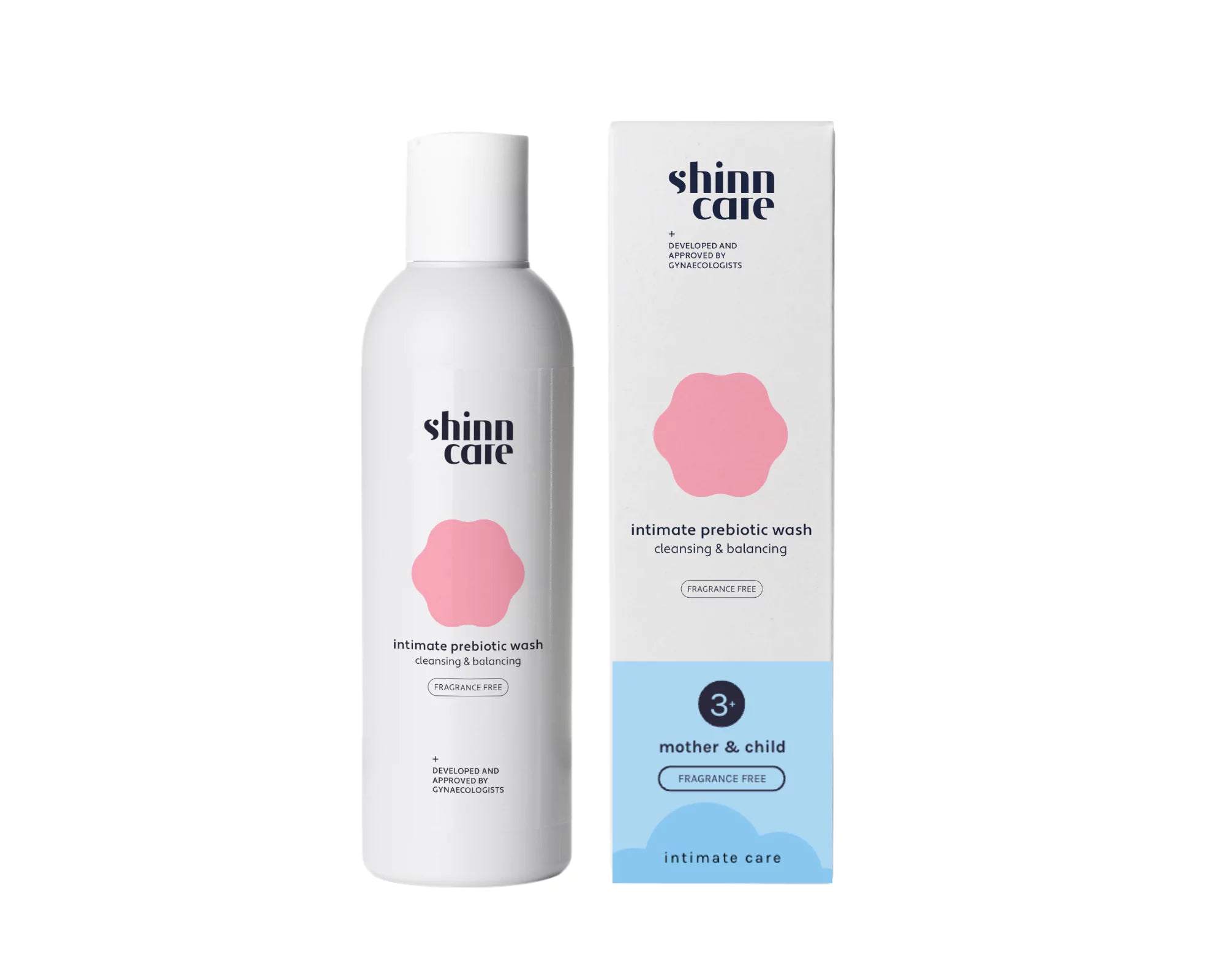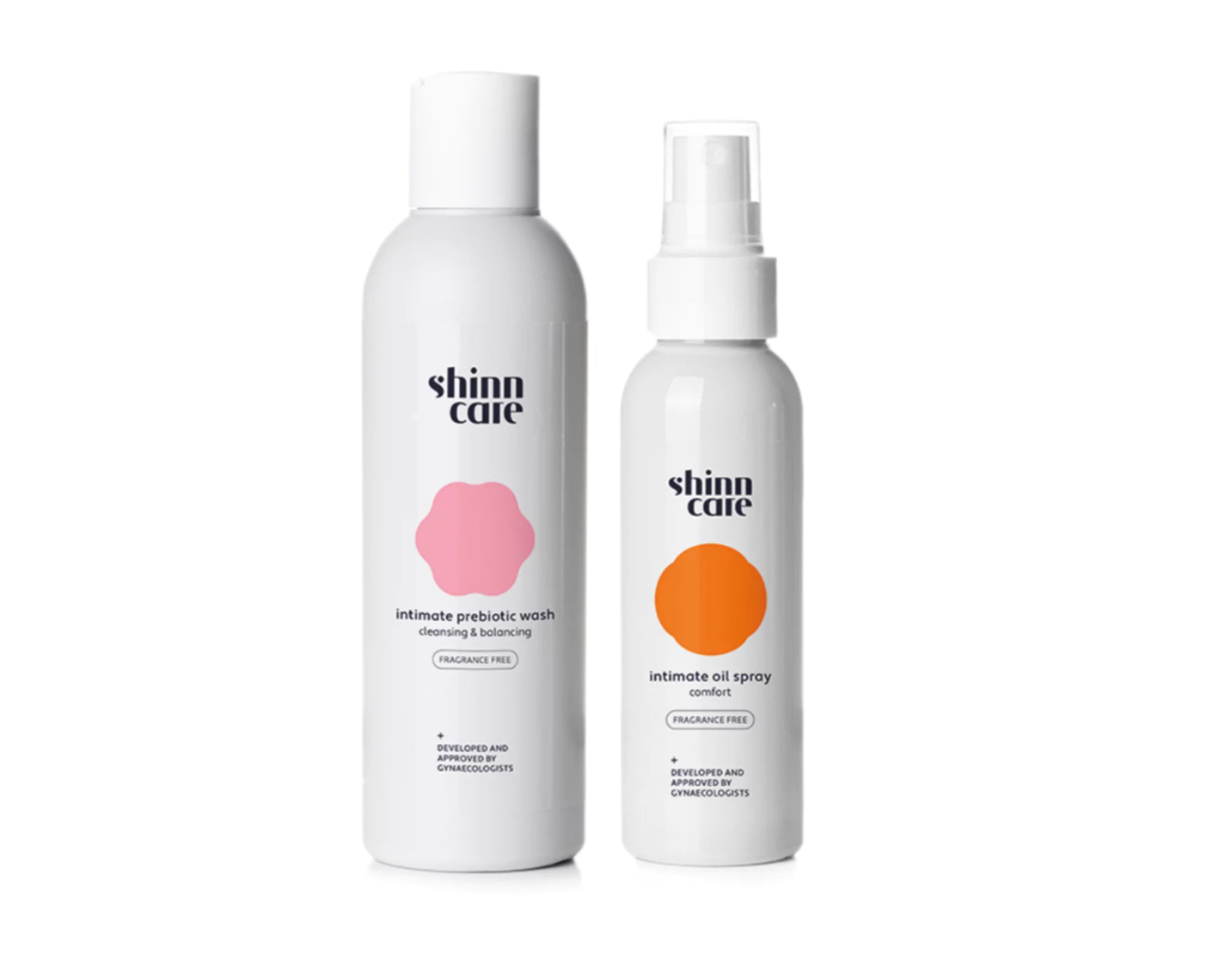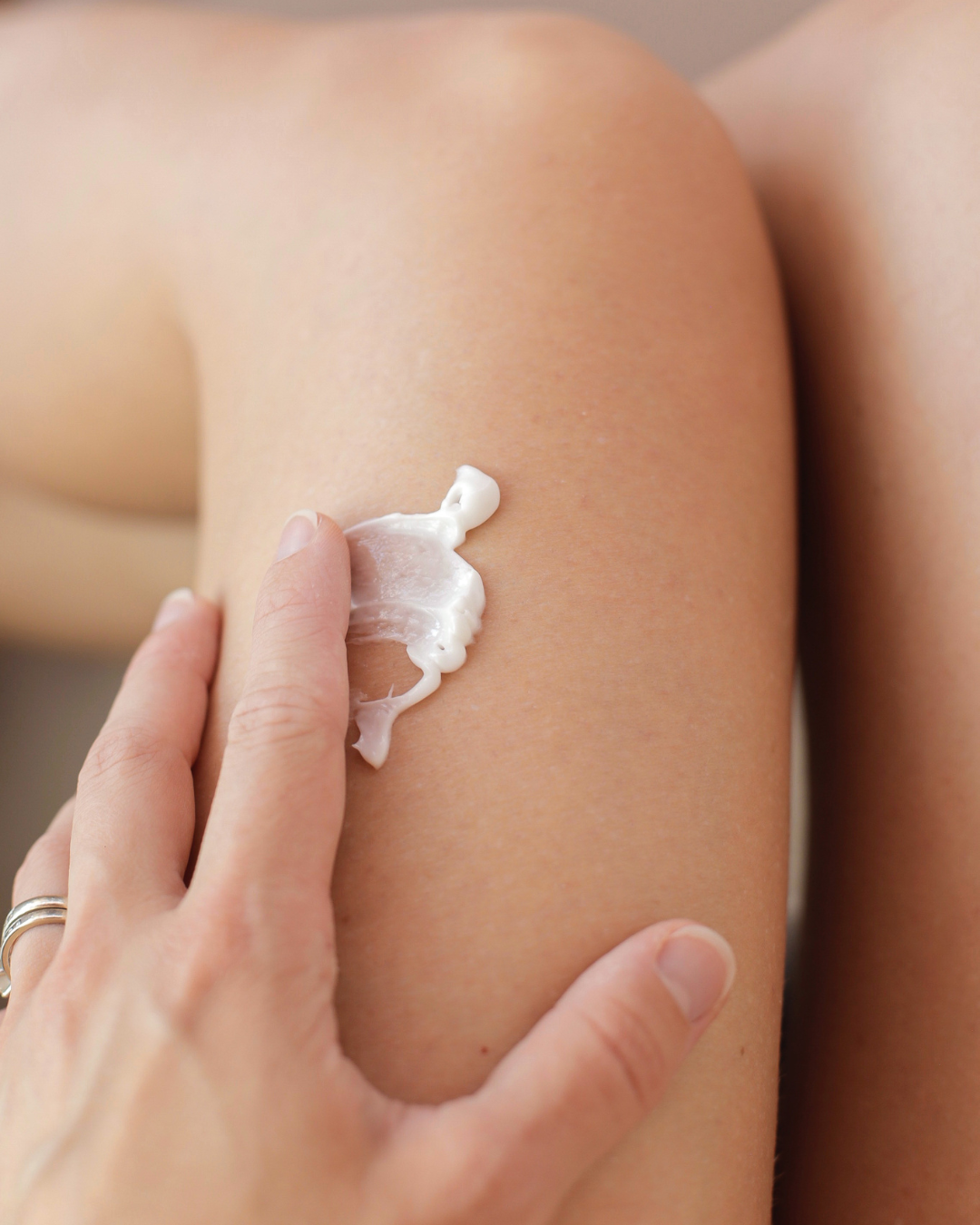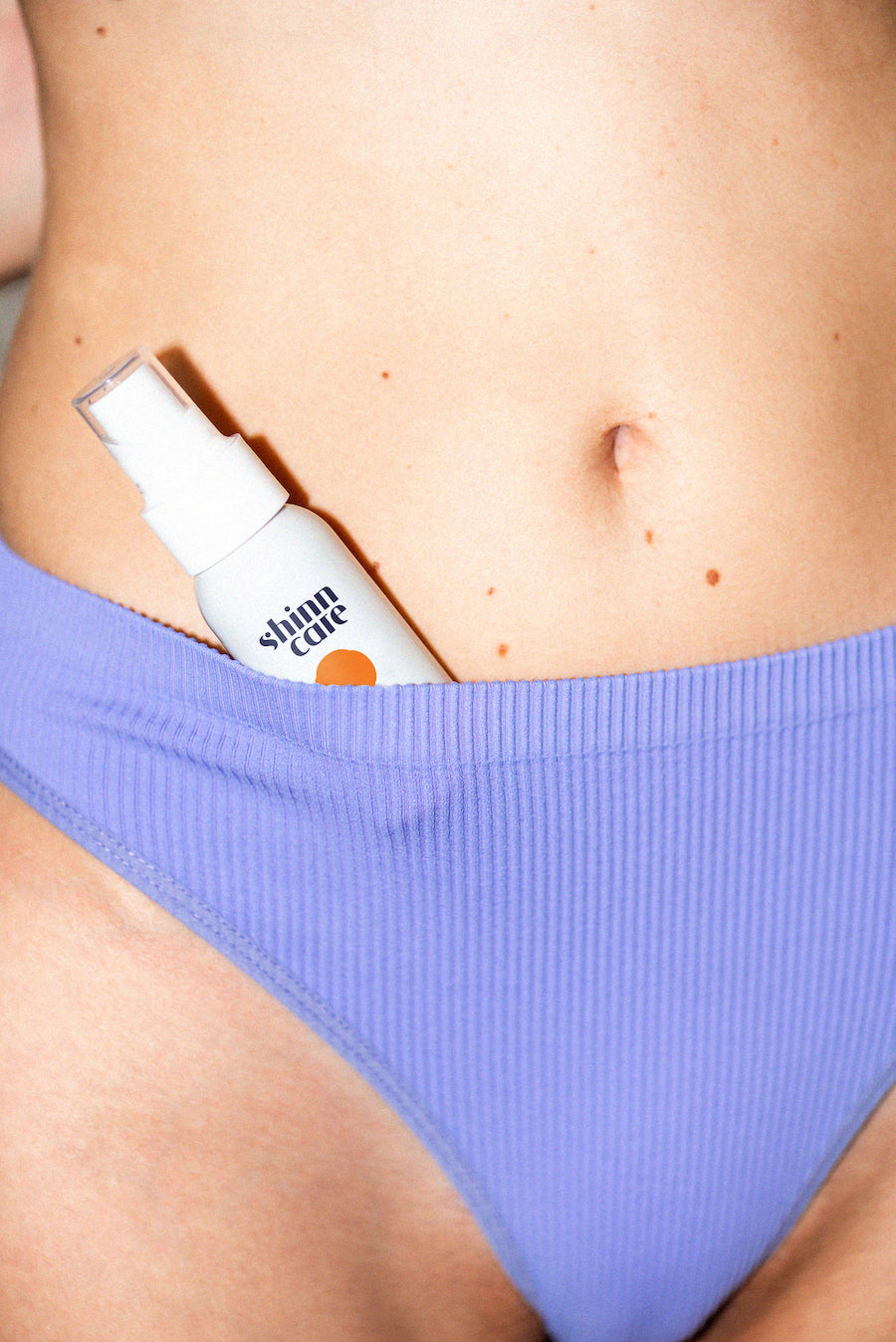You apply a cream, wear a new outfit, enjoy the
scent of a perfume... and without realising it, you are exposing your body to
substances that can disrupt your hormones. These substances are called
endocrine disruptors.
In this article, shinncare explains where they
hide, how they affect your health, and how to protect yourself from them on a
daily basis. By the end of this article, endocrine disruptors will no longer be
a mystery to you!
What are endocrine
disruptors?
According to the World Health Organisation
(WHO), endocrine disruptors are ‘chemical substances foreign to the body that
can interfere with the functioning of the endocrine system, thereby inducing
deleterious effects on the body or its descendants’.
These are substances, chemical or natural, that
disturb the endocrine system, also known as the hormonal system, in all species
(humans, animals, plants).
There are three categories of possible endocrine
disruptors (ED):
· Intentionally created substances that influence hormones, such as
contraceptives.
· Man-made chemicals created for other purposes, such as
solidifying plastics, but which can have an unintended effect on our hormonal
system.
·
Natural compounds found in plants, which
can disrupt hormones particularly when consumed in excess doses
Where are endocrine
disruptors likely to be found?
Endocrine disruptors are virtually everywhere,
in packaging, cosmetics and food, as well as in natural environments such as
air, water and soil, mainly as a result of human contamination.
We are therefore constantly exposed to small
quantities of endocrine disruptors throughout our lives.
We can ingest endocrine disruptors in four
different ways:
· Orally, by ingesting food contaminated with EDs,
· Through the skin, by applying cosmetics or touching
tissues containing EDs
· Via the respiratory system if EDs are present in the air or in perfumes

How do they act?
EDs have three modes of action:
· By binding to hormone receptors, stopping the real hormones from
doing their job,
· By disrupting hormone production affecting the organs and enzymes
that release hormones,
· By altering sensitivity or the expression of hormone
receptors, thereby increasing or decreasing their activity.
An ED can combine these modes of action, acting
at different levels of the hormonal system.
What are the risks?
Endocrine
disruptors are suspected to be involved in the development of various health
conditions [hormone-dependent cancers in women, prostate cancer in men, puberty
and thyroid disorders…].
Emerging evidence also suggests they may
contribute to conditions such as obesity and type 2 diabetes, although the
links are less clear.
In addition, EDs can have ‘epigenetic’
effects (for example by affecting DNA methylation and histone modification),
meaning that their consequences on the body can be passed on to future
generations. For example, DES, the main compound in a medication prescribed to
pregnant women between 1948 and 1977 to prevent premature births, was found to
cause reproductive system abnormalities that could be passed down through three
generations.
Some endocrine disruptors, when ingested
individually, may seem harmless in small doses. However, when combined with
other disruptors, their effects can be cumulative and dangerous. This
phenomenon is known as the ‘cocktail effect’.
These illnesses can occur years after exposure
to EDs, a phenomenon known as the ‘delayed effect’.
When are we most
vulnerable?
Critical periods are the times in our lives when we are most
vulnerable to EDs and when they have the strongest effect. Particular attention must therefore
be paid during :
· Pregnancy: many EDs can cross the placenta –
such as bisphenol A (BPA), dioxins etc – and reach the developing fetus,
leading to risks of premature birth, low birth weight, and metabolic changes
predisposing to diabetes and obesity.
· Early childhood: Exposure to EDs in early childhood
can have consequences decades later, due to the delay effect explained above.
· Adolescence and puberty in
particular: Hormonal
changes are numerous during this period and make the body especially sensitive
to disruption.
How
to protect yourself from endocrine disruptors?
On a daily basis :
There are simple everyday steps you can take to
limit your exposure to EDs:
· Ventilate your home regularly
·
Avoid using insecticides
· Favour cleaning products with an
environmental label
· Use glass, stainless steel and cast
iron instead of plastic
· Avoid heating plastic containers in
the microwave
· Choose clothes made from natural
fibres
In the bathroom:
The main endocrine disruptors in cosmetic
products are parabens, which act as preservatives, alkylphenols
as emulsifiers and silicones.
To avoid using products containing EDs, you can:
·
Choose products with fewer ingredients
· Favour products with the Ecocert
COSMOS label
· Check the composition of your
products using applications such as INCI Beauty or Yuka
·
Avoid scented products
· Spray your perfumes with your mouth
closed to avoid swallowing the EDs released into the air
Did you know? All shinncare
products and packaging are certified Ecocert COSMOS and most are rated 20/20 on
INCI Beauty and 100/100 on Yuka. Plus, our intimate oil spray protect & repair has
been tested on babies’ skin They are also all available in a fragrance-free
version. So you can use them with peace of mind!
Sources :
1.
Téo
Todesco. Les perturbateurs endocriniens dans les cosmétiques. Sciences
pharmaceutiques. 2024. dumas-04582209
2.
https://www.health.belgium.be/fr/perturbateurs-endocriniens
5.
https://www.cancer-environnement.fr/fiches/expositions-environnementales/perturbateurs-endocriniens/

